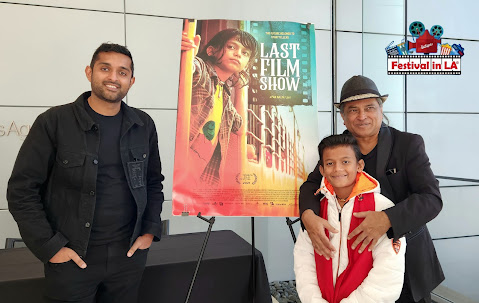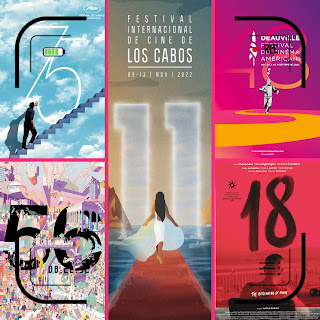By José Alberto Hermosillo
“The Boy, The Mole, The Fox and The Horse” is an animated short film about love, friendship, and kindness. This thought-provoking adaptation is nothing less than a masterpiece.
Evocative, environmental, poetic, and artistic animation gives the impression of contemplating a watercolor painting or a Rembrandt.
“The Boy, The Mole, The Fox and The Horse,” produced by J.J. Adams and Woody Harrelson, is directed by Peter Baynton and Charlie Mackesy, adapted from Charlie Mackesy’s bestseller by Jon Croker and Charlie Mackesy himself.
Behind the calm sound of the characters’
voices are the talents of Jude Coward Nicoll, who plays The Boy, and Tom
Hollander (“The White Lotus”), as The Mole. Idris Elba is the quiet Fox, and The
Horse is played by veteran actor Gabriel Byrne (“Spider,” “End of Days,” “Stigmata”).
The Boy encounters The Mole in the middle of a beautiful frosty landscape, and to be lost is unsuitable for either.
The mole, hungry and blind, confused a big tree with a cake. The two new friends approached the tree, climbed the branches, and looked for an unknown river that would guide the Boy back to his home.
At that particular place and time, the Mole asks the Boy, “What do you want to be when you grow up?” The Boy firmly answered, “Kind.” Even though the Boy is already kind, he does not want to change when he grows up because he wants to continue treating everyone with kindness and respect.
Contemplating the horizon - looking for that river, the Mole-inspired expresses, “So much beauty we need to look after.” “Yes, so much,” answers the Boy. At that instant, we felt that there was a friend who would always be there to help.
The heartfelt story teaches us about reinforcing our internal strength with the help of our diverse and close friends with philosophy and poetry. Many existential questions arise, such as “Can you believe in me more than I do,” by the Mole, who ends up with “Life is difficult, but you are loved.”
At one point, the Fox accepts that he is quiet because he has nothing interesting to say.
The Horse’s experience and confidence ensure that others continue the journey safely. As in the “Wizard of Oz,” they must discover if there is a home for the Boy at the river’s end.
All four characters support each other and have the same mantra,
“asking for help isn’t giving up,” said the Horse, “It’s refusing to give up.” “Tears fall for a reason; they are your strength, not your weakness.”
“When things are out of control, you must focus on what you love right under
your nose,” says the Mole. That is why we are here, to love and be loved.
This
original British BBC/Apple TV Plus production has been shortlisted for the Best Animated
Short Film for the 95th Academy Awards. “The Boy, The Mole, The Fox, and The Horse” is one of the strongest contenders to win the Oscar, joining the pantheon of other amusing animated short film winners such as “Dear Basketball,” “Mr.
Hublot,” “The Danish Poet,” and “Peter & the Wolf.”
Watching this short artistic creation, many questions arise, such as how cold it
is for a boy to be out in the open without a jacket? What will the friends eat, and
how will they defend themselves from environmental hazards and predators?
“The Boy, The Mole, The Fox and The Horse” is an endearing, innocent, and beautiful animation that helps us to teach
children to become better humans.
The Boy, the Mole, the Fox and the Horse — Official Trailer | Apple TV+
The Boy, the Mole, the Fox and the Horse
The Debutante
The Flying Sailor
The Garbage Man
Ice Merchants
It’s Nice Here
More than I Want to Remember
My Year of Dicks
New Moon
An Ostrich Told Me the World Is Fake, and I Think I Believe It
Passenger
Save Ralph
Sierra
Steakhouse
Troop Zero: Young Earthlings on an Astounding Mission

















